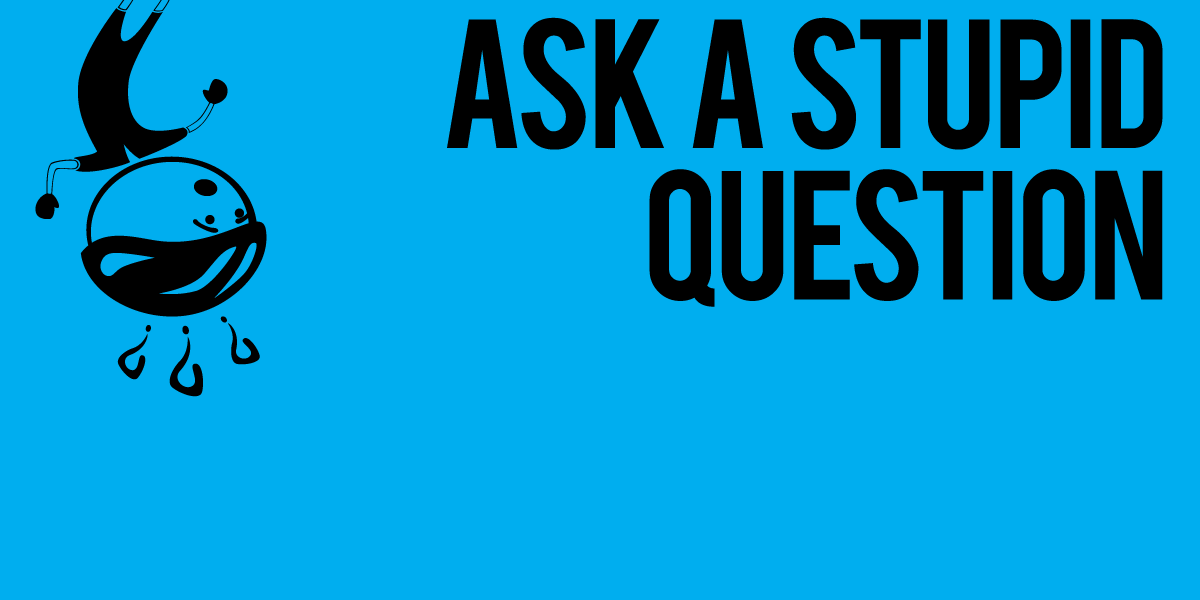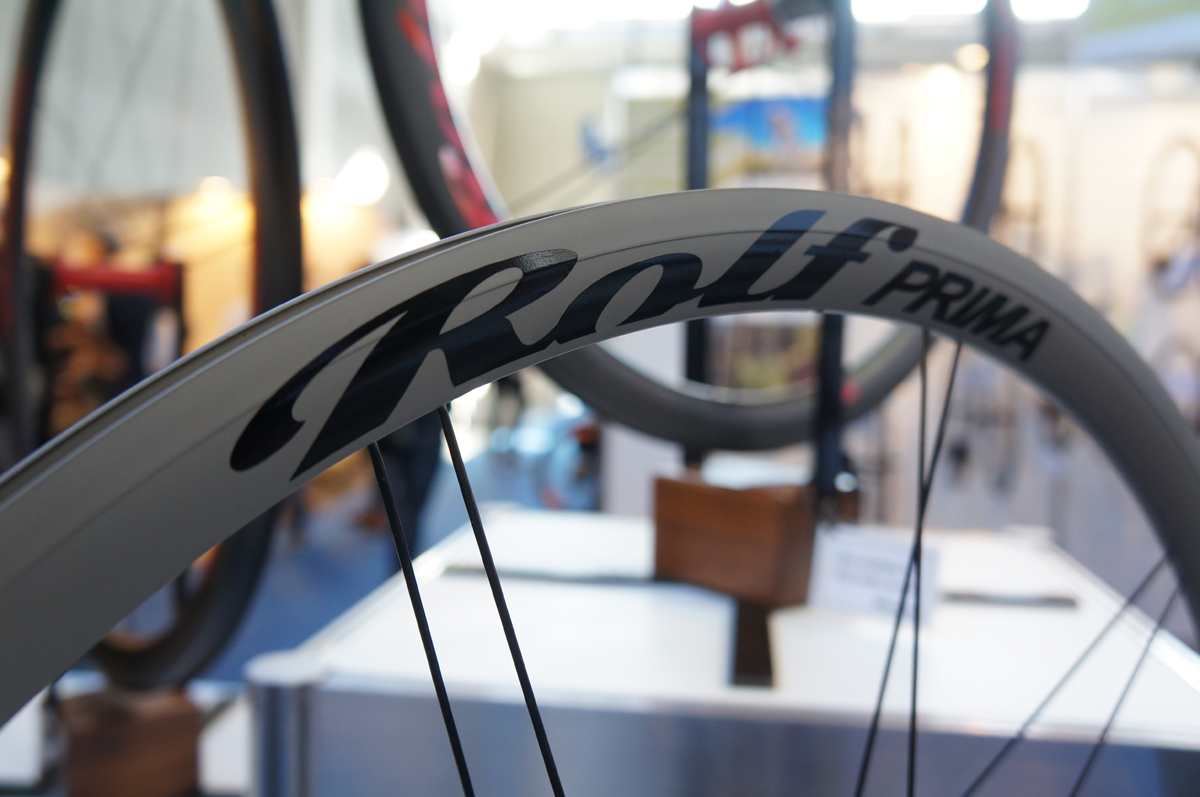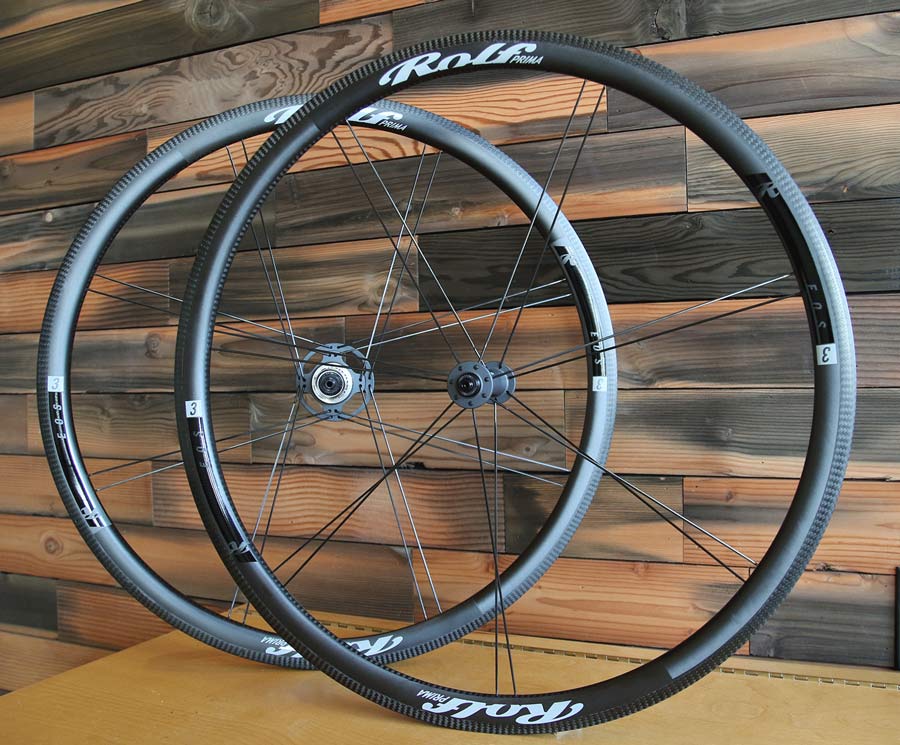We know, there’s no such thing as a stupid question. But there are definitely some questions too embarrassing to ask your local shop or riding buddies. Ask A Stupid Question is our weekly series where we get to the bottom of your questions – serious or otherwise. Hit the link at the bottom of the post to submit your own question!
Inevitably, whenever we post about the latest wheels from Rolf the comment section is filled with questions about their paired spoke design. At this point the design has been around for more than 20 years, but it still attracts a lot of attention. We had the opportunity to visit with Rolf at their Eugene, OR headquarters and factory this week, so we thought why not take the opportunity to get the scoop on paired spokes straight from the source?
So we asked Rolf co-owner Brian Roddy who has been involved since the beginning, “What’s up with Rolf’s paired spoke wheels?”
Brian Roddy: I’ve been involved with Rolf’s paired spokes for over 20 years and I think I’ve heard it all. I was one of the engineers in the room at Trek when Rolf Dietrich first pitched his idea to Trek in the late ‘90’s. I won’t lie, we all questioned if it would work. When we started working on it we found it was rather clever. It just had not been done before. Soon they were in the Tour de France under the US Postal team.
The paired spoke design is all about the lateral forces from spoke tension. When you build a wheel and tighten the spokes, they pull the rim to the left or right depending on which flange of the hub they come from. These lateral forces need to be balanced (and stay balanced) for a wheel to remain true. By bringing the spokes to the rim in pairs, the lateral spoke forces are offset over the pair of two spokes. A traditional wheel will offset the lateral pulling forces over 3 or so spokes. Both work, but by pairing the spokes you are in more control over tensions and spoke count.
If you look at just the drive side of our wheels you’ll see that our drive side lacing pattern is pretty similar to a traditional wheel. The difference is that when we add the non-drive side, we opt not to space the non-drive spokes equidistant between the drive side spokes where we’d have to deal with the lateral forces over 3 spokes. Instead, we bring them to the rim adjacent to the drive side spokes in a pair. This lets us offset the lateral forces at each pair. On some wheel types this allows us to run fewer spokes – like on our triathlon and road wheels. On our mountain and adventure wheels, we run more conventional spoke counts (20H, 24H). It is the gap between drive side and non-drive side spokes that limits rim design and what spoke tension you can put into a wheel. Bring them together in a pair and you have the ability to set tensions where you like. When you space them out, you are more limited.
So, I hate to steal the thunder of the commentariat but I figured it might be helpful to address a couple of the most common comments.
What if I bend the rim where there aren’t any spokes? We get this question a lot. The question is “bent” vs. “out of true”. If a rim is bent, the rim is bent – no number of spokes or lacing pattern will unbend it. If the wheel is out of true, our wheels behave like other wheels when you true them. That said, we all ride and would rather ride than have to work on our bikes, so our goal with our hand build process is that you don’t have to true them.
Yeah, but how do you true the wheel? My shop is scared to touch it? Our wheels work on the same physics and principles as other wheels, so they true normally. We use nipples and J-bend spokes like lots of folks and they actually true up easier than a traditionally laced wheel because you can deal with lateral and radial trueness together at each pair of spokes and not average over 3 spokes. If your mechanic can’t figure it out, ask who works on the mechanic’s bike and have them do it. Or ask us.
What if I break a spoke, does the whole thing just blow up? Sorry, nope. Any wheel, paired or traditional, will go out of true if you break a spoke because one role of the spoke is to counteract the opposing spoke’s lateral force. If a wheel does not go out of true with a broken spoke, what is that spoke doing there? For example, we compared a Hyalite ES to a traditionally laced wheel on the exact same rim (our new Astral Wanderlust) – both with 24 spokes. Remove a spoke and they are both affected the same amount. Does the wheel go out of true? Yes – just like a traditional wheel. You would have to open your brakes (if rim brake) – just like a traditional wheel. To minimize the chance of this issue we have two patented nipple designs that protect the spoke. We know other wheel companies think they work well too based on how many have copied them.
Don’t you run crazy high tensions? Our tensions are on the higher end of normal but nothing unusual. What is good about higher drive side tension is that we can keep non-drive tensions higher which results in the wheel staying true longer. Low tension spokes are the enemy of any good wheel.
If it is so good, how come no one else does it? Well, Trek/Bontrager, Shimano, Crank Brothers, Corima and Campy among others do it or have done some version of it. But it’s more than just paired spokes, it’s how companies decide to build them. The way we build is a true wheel system. We have hub technologies, from the way we lace to the size of our flanges, and patented nipple technologies that work together with the paired lacing pattern to make it all work. Plus, we take the time to hand build the wheels here. The process involved to build a good wheel – especially ones with lower than standard spoke counts – is more involved.
Aren’t you more likely to get a stick in the spokes? Yeah, no. I thought that too originally. But when you spin a wheel and try to jam stuff in it, there’s no difference because with the rotating wheel the gaps just aren’t there. Can you jam a stick in there? Sure, but you can with any wheel.
Don’t you have to use heavier rims if you are using paired spokes? No. If we took any random rim, we could build it truer with fewer spokes than anyone building it traditionally because of how we deal with the lateral spoke loads. Of course, the other consideration is that having spokes closer together changes the stresses on the rim. Using FEA and our in-house testing, we design our rims for that and as a result, our rim weights are quite competitive.
Do you actually make your wheels? We hand build every wheel in Eugene, Oregon. Always have. We make most of our rims here in Eugene, Oregon too. We’ve been working with US-made White Industries for custom hubs for 15 years. Other than spokes from Sapim in Belgium, a large percentage of our wheels are totally made in the US.
Stay tuned for a full factory tour and more from Eugene!
Got a question of your own? Click here to use the AASQ form, or find the link under the Contact menu header up top anytime a question pops into your mind!


